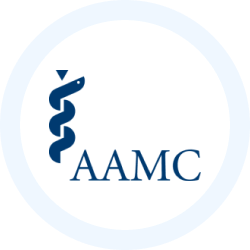Practice Passage Test - 6 | Practice Passages for MCAT PDF Download
Passage
Reflection and refraction are fundamental concepts in the field of physics that describe how light behaves when interacting with different materials and surfaces. Understanding these principles is essential for comprehending the behavior of light and its applications in various fields, such as optics and imaging.
Reflection occurs when light waves encounter a surface and bounce back. The angle at which the incident light strikes the surface is called the angle of incidence, and the angle at which the light reflects off the surface is called the angle of reflection. According to the law of reflection, the angle of incidence is equal to the angle of reflection. This law holds true for all types of surfaces, including smooth and rough surfaces.
Refraction, on the other hand, refers to the bending of light as it passes from one medium to another with a different optical density. When light enters a new medium, its speed changes, causing it to change direction. This change in direction is governed by Snell's law, which states that the ratio of the sines of the angles of incidence and refraction is equal to the ratio of the speeds of light in the two media.
The extent to which light is refracted depends on the refractive indices of the two media involved. The refractive index is a measure of how much a material can slow down the speed of light. It is defined as the ratio of the speed of light in a vacuum to the speed of light in the medium. Different materials have different refractive indices, which affect the amount and direction of light bending.
The phenomena of reflection and refraction have various practical applications. For example, mirrors use the principle of reflection to produce images, while lenses utilize the principle of refraction to focus light and form images. Understanding these principles allows scientists and engineers to design and develop optical devices, such as cameras, telescopes, and microscopes.





















